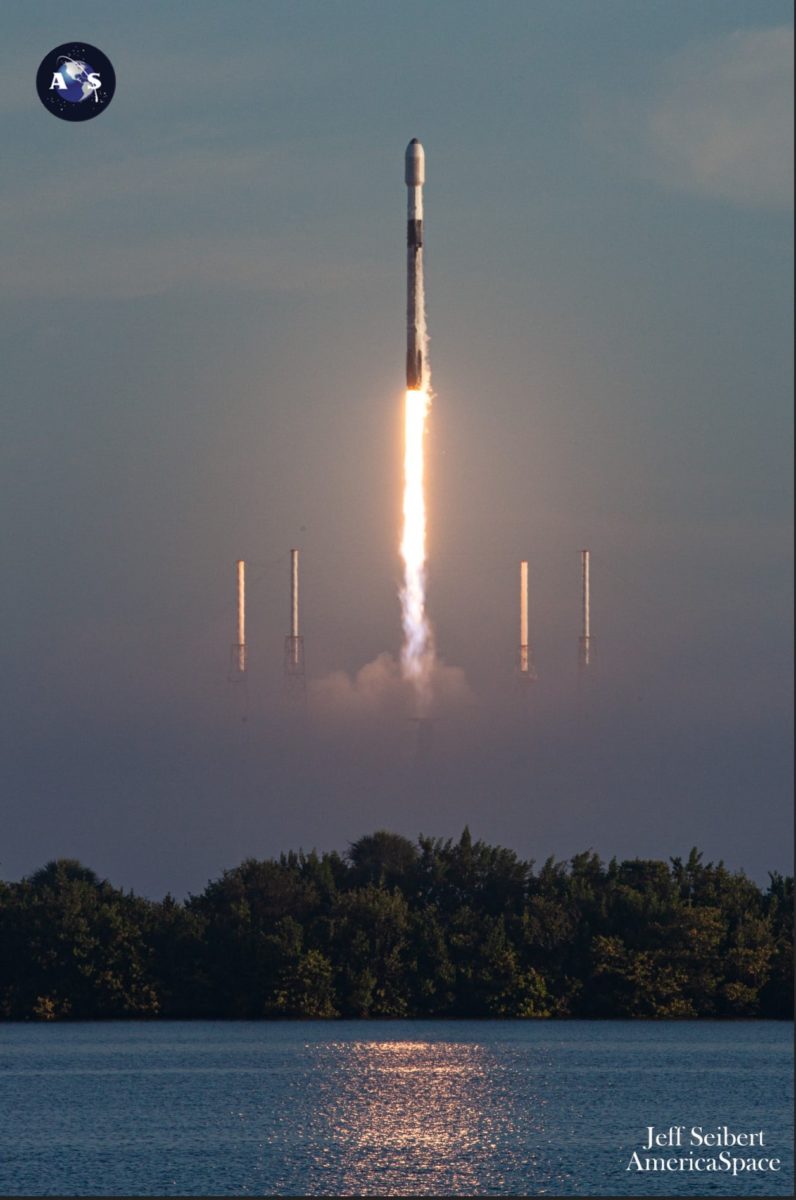
Less than a week since the safe return of Crew-2 and their trusty old ship, Dragon Endeavour, another aspect of the Commercial Crew Program returned to the fore on Saturday morning, when a veteran Falcon 9 booster with a chequered past took flight for the ninth time to lift 53 Starlink internet communications satellites into low-Earth orbit.
Tail-numbered “B1058”, the core stage which powered into the eerily foggy Florida skies at 7:19 a.m. EST was the selfsame vehicle which lifted Endeavour and Demo-2 astronauts Doug Hurley and Bob Behnken to orbit in May 2020. That flight, the first of B1058’s career, saw the return of U.S. human spaceflight capability, aboard a U.S.-built spacecraft, atop a U.S.-built rocket, and from U.S. soil, since the end of the Space Shuttle era.
Since then, B1058 has logged an additional eight flights, lifting 295 Starlink internet communications satellites to low-Earth orbit, as well as South Korea’s ANASIS-II military communications satellite on the first leg of its trek to Geostationary Earth Orbit (GEO), the record-setting Transporter-1 mission—which remains the largest single haul of payloads ever launched by a U.S. booster—and last December’s CRS-21 Cargo Dragon, bound for the International Space Station (ISS).
Including this morning’s flight, B1058 has landed safely on the deck of the Autonomous Spaceport Drone Ship (ASDS) on every one of her missions. She becomes only the third Falcon 9 core to record as many as nine launches.
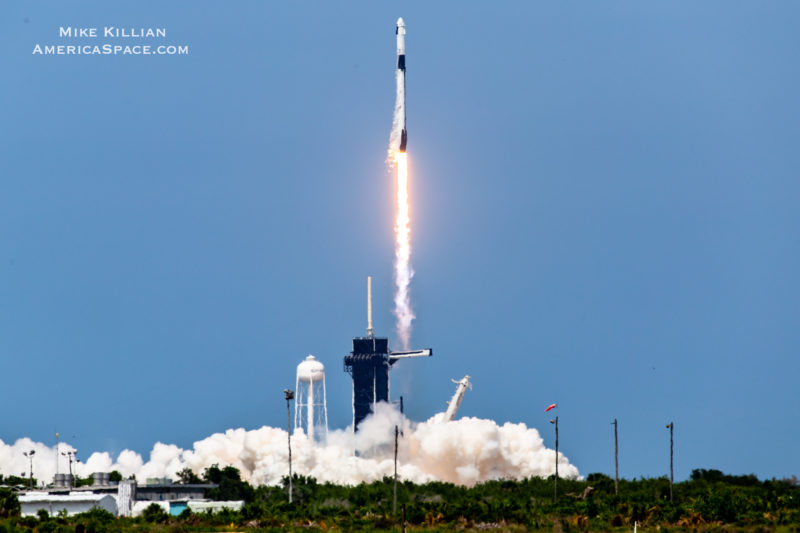
Liftoff was originally targeted for early Friday and B1058 completed a customary Static Fire Test of her nine Merlin 1D+ engines on Veterans Day morning. However, the weather outlook did not look optimistic, with only a 60-percent chance of acceptable conditions at T-0.
With a high-pressure front centered over the Southeastern United States beginning to push eastwards and strong easterly flows triggering increased cloud cover, tropical moisture and an elevated likelihood of rain showers ultimately put paid to Friday’s launch attempt.

“Standing down from today’s launch due to weather,” SpaceX tweeted early Friday. “Forecast improves to 80-percent favorable for tomorrow’s launch opportunity.”
With northwesterly winds bringing drier air over the Spaceport by Saturday morning, the cloud coverage and chance of rain lessened, although a risk of infringing the Thick Cloud Rule and Disturbed Weather Rule remained.
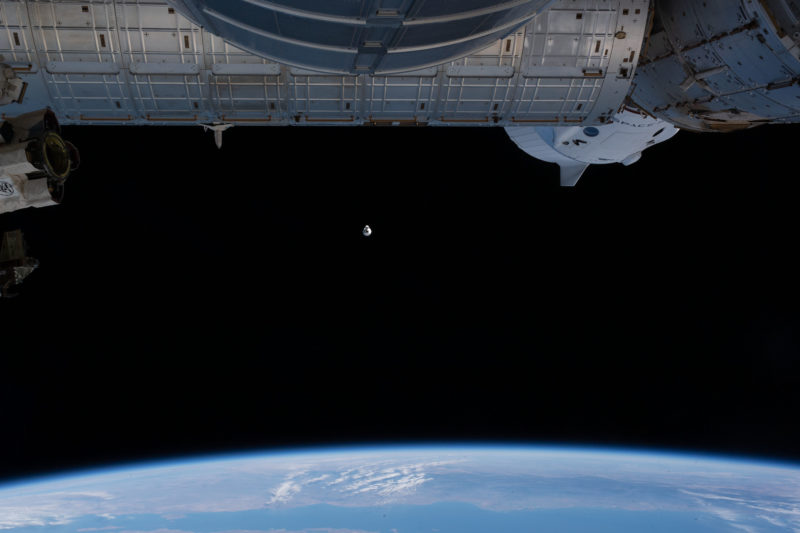
In any case, however, the weather outlook for the weekend was much improved, with the 45th Weather Squadron at Patrick Space Force Base predicting 90-percent favorability for Saturday and a little less on Sunday.
Having first launched on 30 May 2020 to ferry Dragon Endeavour on her historic voyage to the space station, B1058 the following 20 July to deliver South Korea’s powerful ANASIS-II military communications satellite into orbit.
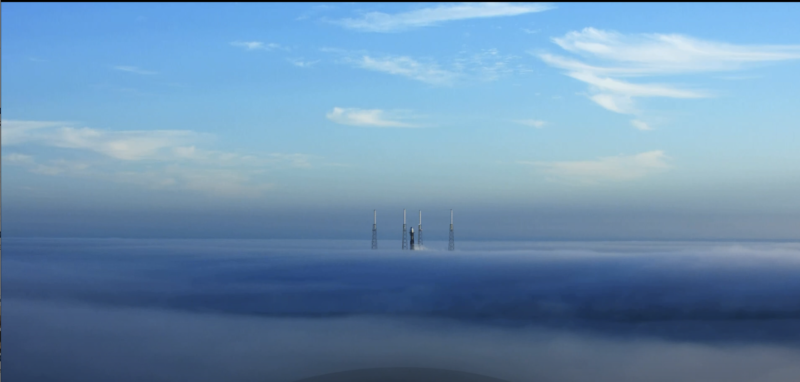
This marked the shortest interval—only 51 days—between two launches by a reusable orbital-class vehicle from the Space Coast, eclipsing the 54 days set by the crews of shuttle Atlantis between her first two missions, STS-51J and STS-61B, in the fall of 1985.
Third and fourth flights followed in rapid-fire succession. B1058 deployed 60 Starlinks into space last 6 October—helping to break the curse of a delay-prone “Scrubtober” on the Space Coast—and set a new empirical record for the shortest interval (only 129 days) between three launches by the same booster.
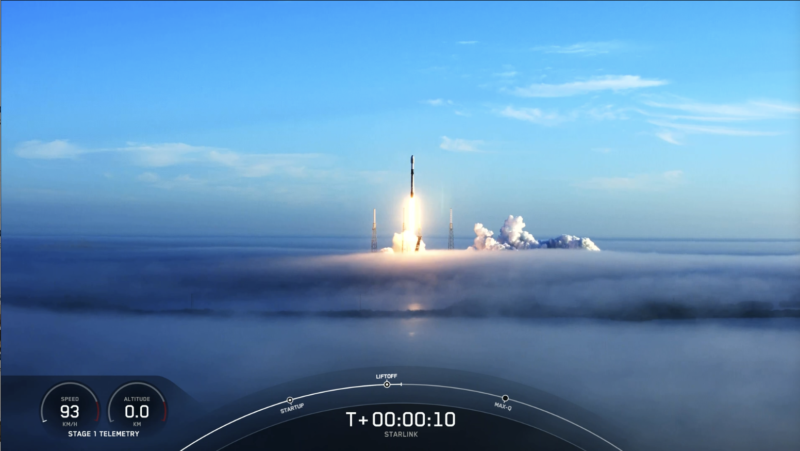
And last 6 December, she recorded the 100th wholly-successful mission by a member of the Falcon 9 rocket family when she boosted the CRS-21 Dragon cargo ship to the ISS.
So far in 2021, and including this morning’s launch, B1058 has flown five more times. On 24 January, she delivered Transporter-1 to orbit, marking the largest single haul of primary payloads—143—ever lifted by a U.S. vehicle.
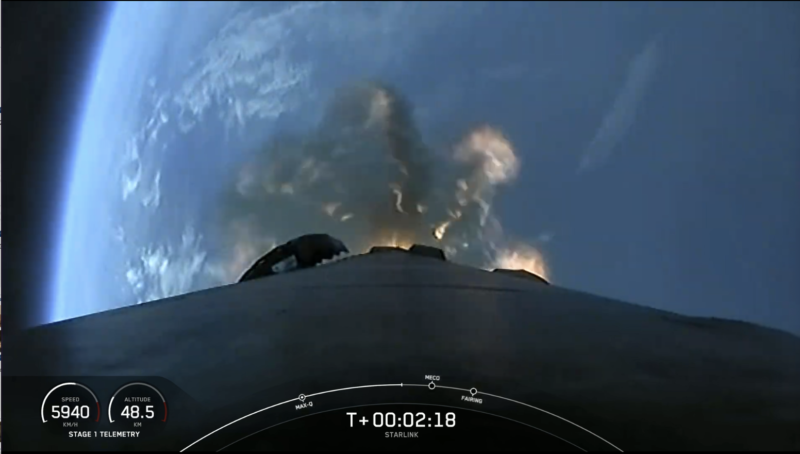
Three more missions followed on 11 March, 7 April and 15 May, which carried over 170 Starlinks and a pair of small “rideshare” payloads: a commercial radar-imaging satellite for San Francisco, Calif.-headquartered Capella Space and a tiny optical astronomy satellite for Irvine, Calif.-based nanosatellite and CubeSat provider Tyvak. These missions saw B1058 score a personal best for the shortest interval (only 27 days) between two launches.
That personal best, however, gave way to B1058’s longest “dry spell” in terms of flights, for after her 15 May launch she spent almost six months on the ground. This was due principally to an intentional “pause” in operations as future Starlinks were equipped with inter-satellite links.
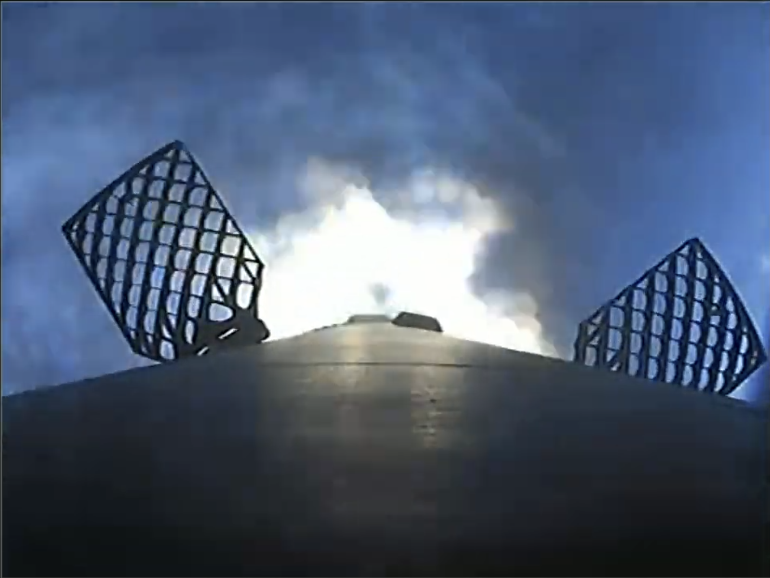
Powering uphill from a fog-enshrouded Space Launch Complex (SLC)-40 at Cape Canaveral Space Force Station, Fla., at 7:19 a.m. EST, her nine Merlins generating 1.5 million pounds (680,000 kilograms) of thrust, B1058 behaved with characteristic perfection.
Shutting down on time and separating from the stack, she then completed a graceful descent, guided by hypersonic grid-fins and Entry and Landing Burns to alight on the deck of the ASDS, “Just Read the Instructions”, situated about 390 miles (630 kilometers) offshore.
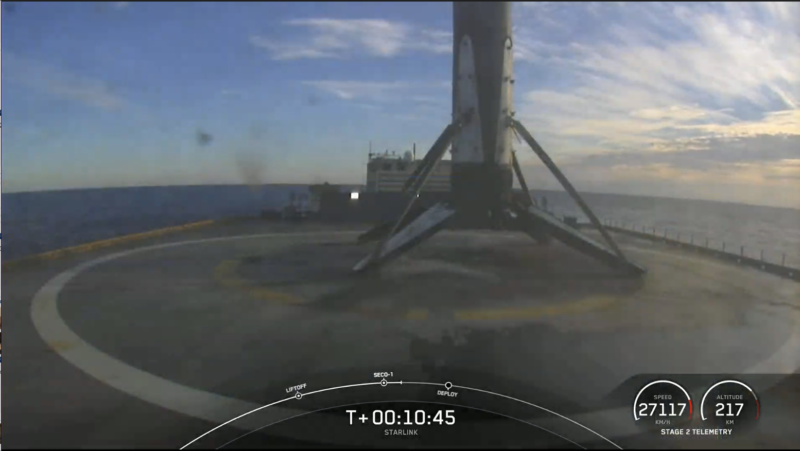
Her 53-strong batch of Starlinks—totaling some 15,600 pounds (34,400 kilograms)—were pushed upward to their deployment orbit by the Merlin 1D+ Vacuum engine of the Falcon 9’s second stage.
All told, including this morning’s spectacular launch, no less than 889 Starlinks have been lifted to space thus far on 17 missions in 2021, including the first batch into a 70-degree high-inclination orbit from Vandenberg Space Force Base, Calif., back in September.
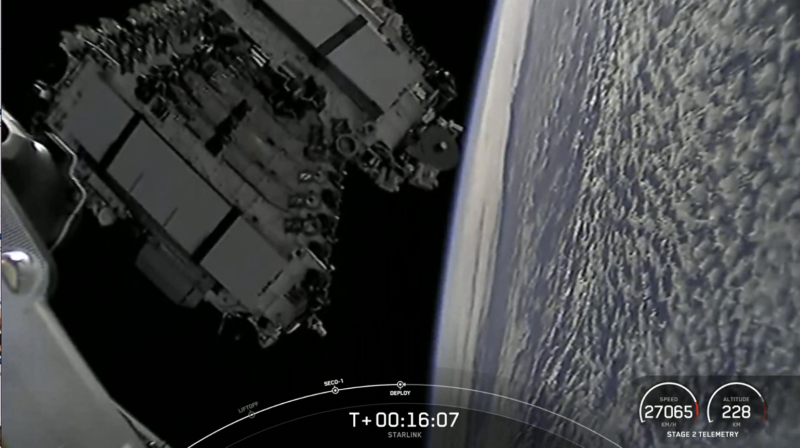
And those 17 missions form part of a wider picture, which, with this morning’s launch, have now seen 25 Falcon 9 flights so far this year, executed using only nine boosters. That comes tantalizingly close to breaking SpaceX’s all-time personal best of 26 missions in a single calendar year, accomplished at the end of 2020.
With NASA’s Double Asteroid Redirection Test (DART) and Imaging X-ray Polarimetry Explorer (IXPE) slated to fly later this month and in December, respectively, and the CRS-24 Cargo Dragon also set to launch to the ISS before Christmas, it seems likely that 2021 will approach 30 Falcon 9 missions before the New Year’s Eve bell next tolls.
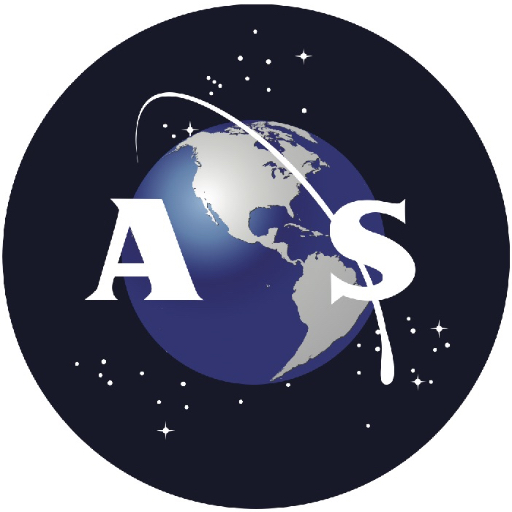
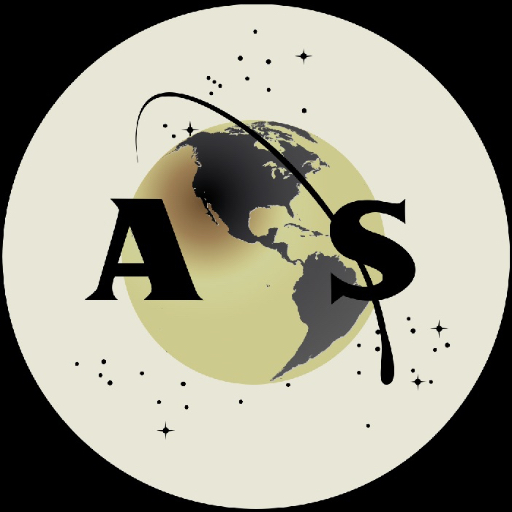


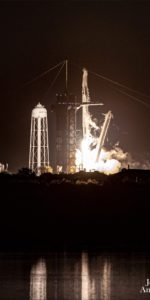

2 Comments
2 Pings & Trackbacks
Pingback:SpaceX Kicks Off First of Three Launches in Three Days – AmericaSpace
Pingback:Pad 39A Supports First U.S. Launch of 2022, Next Starlink Batch Lifted to Low Orbit – AmericaSpace